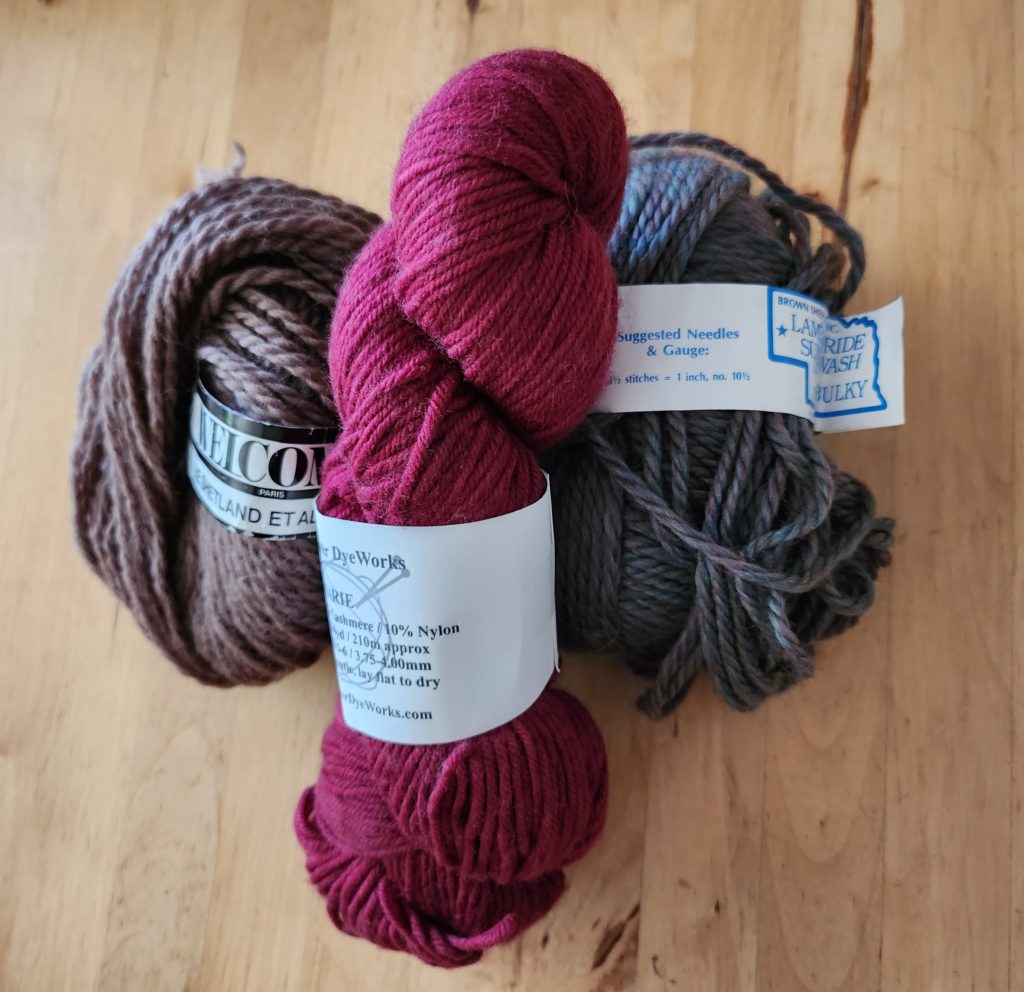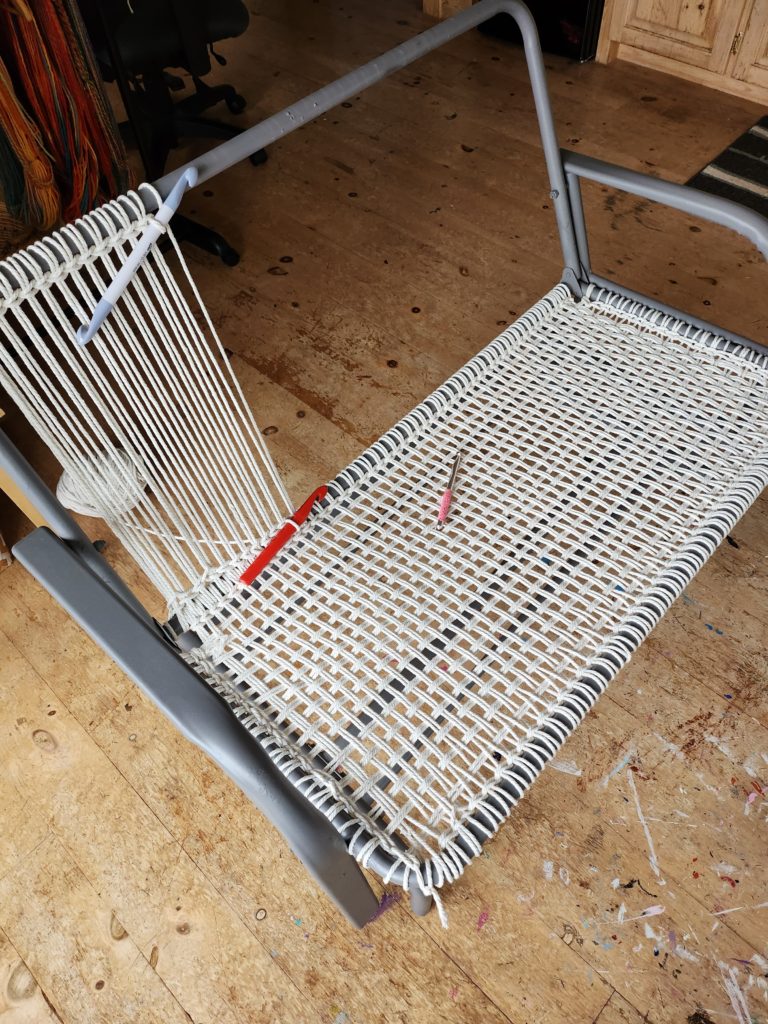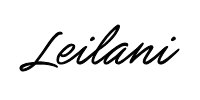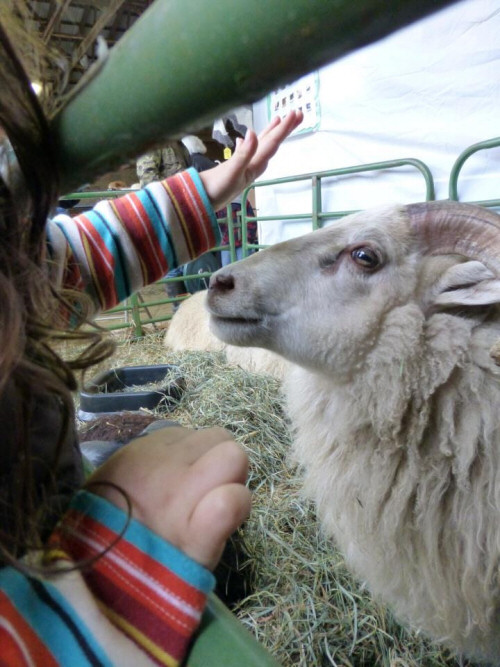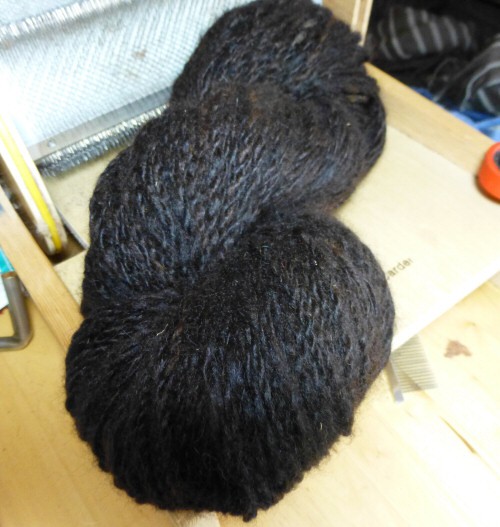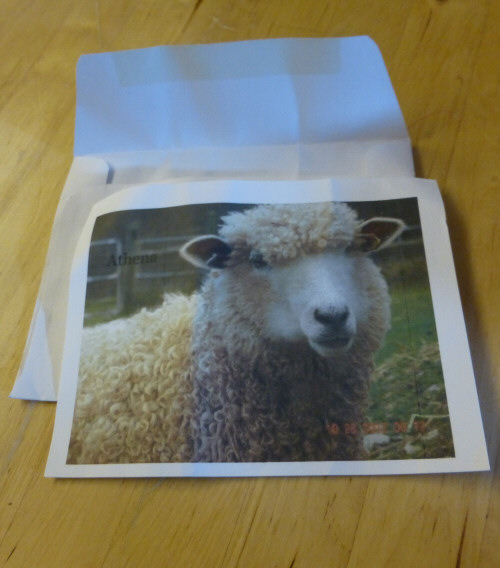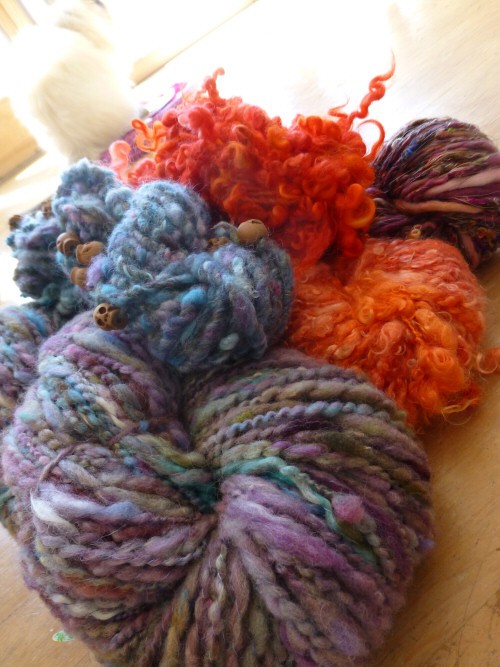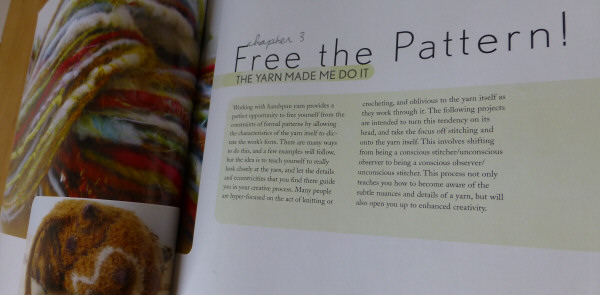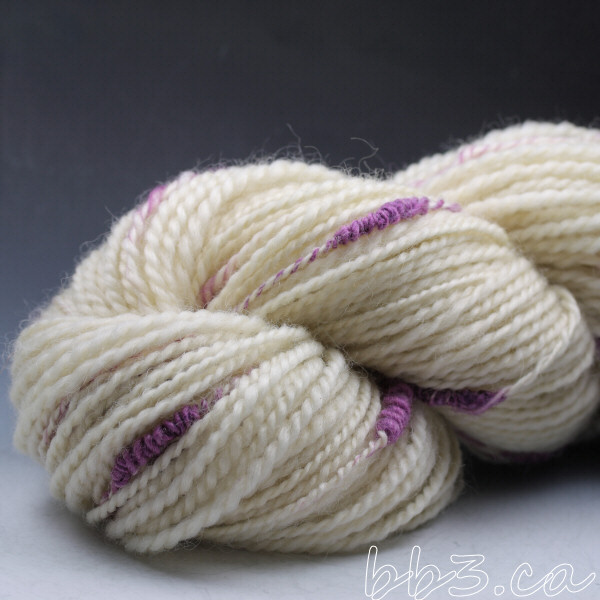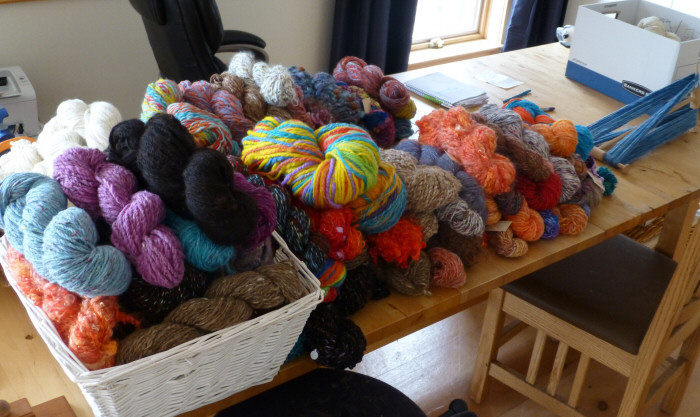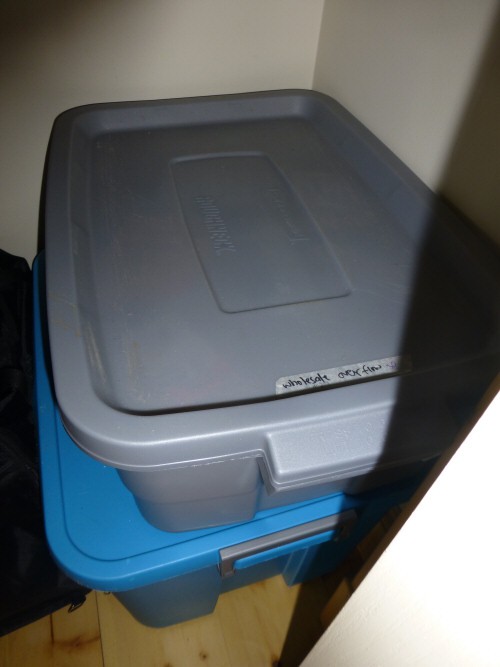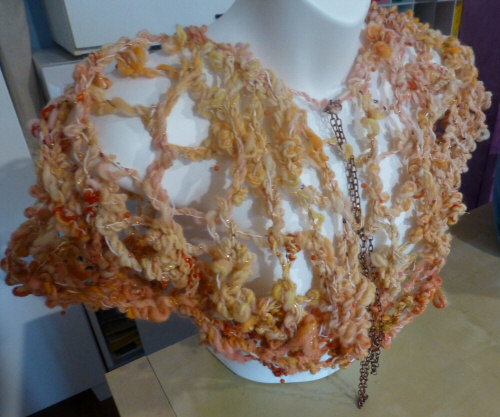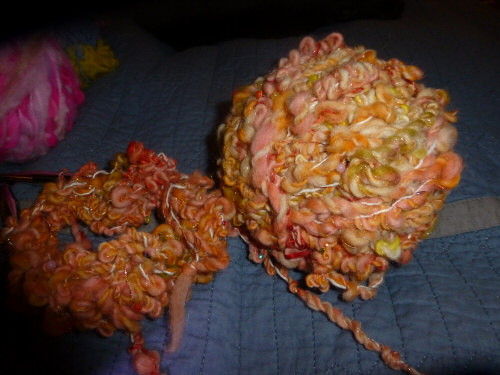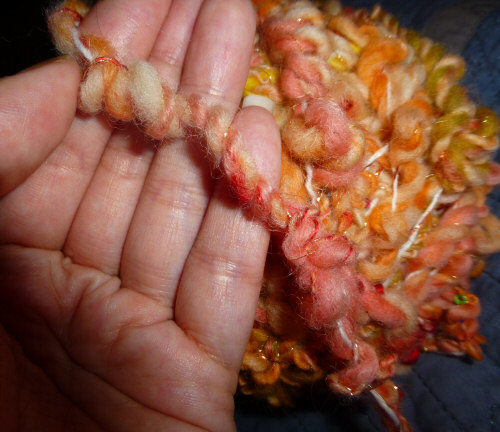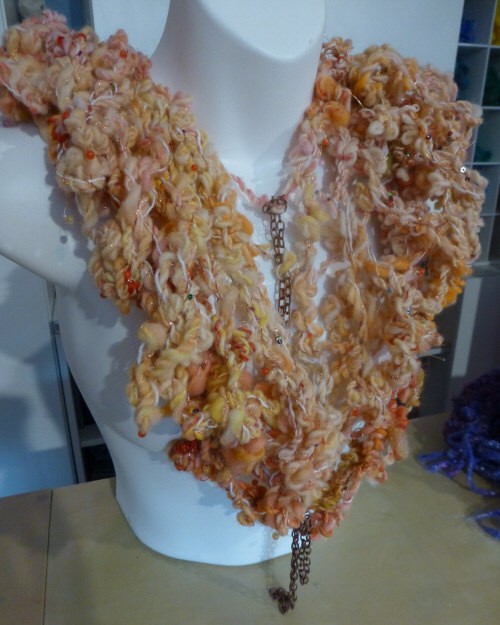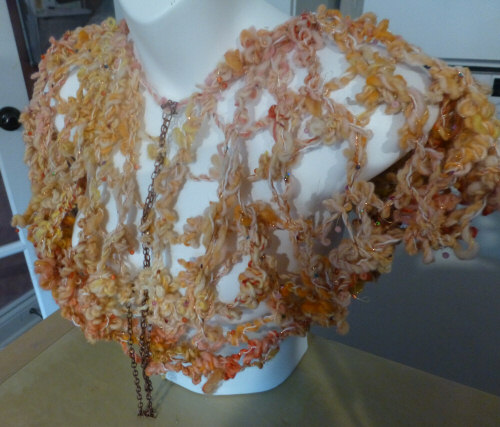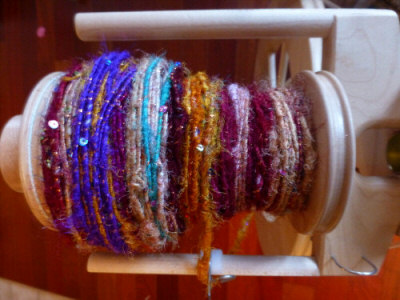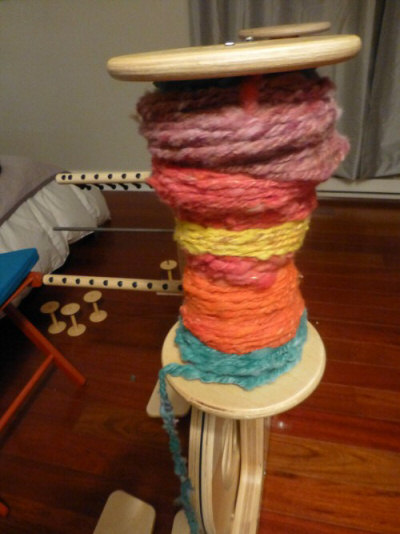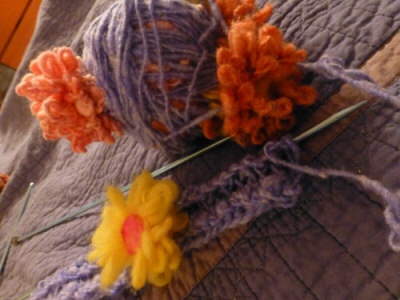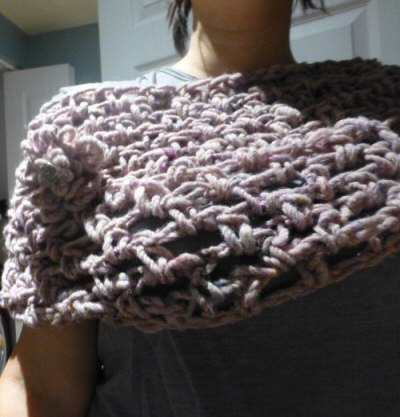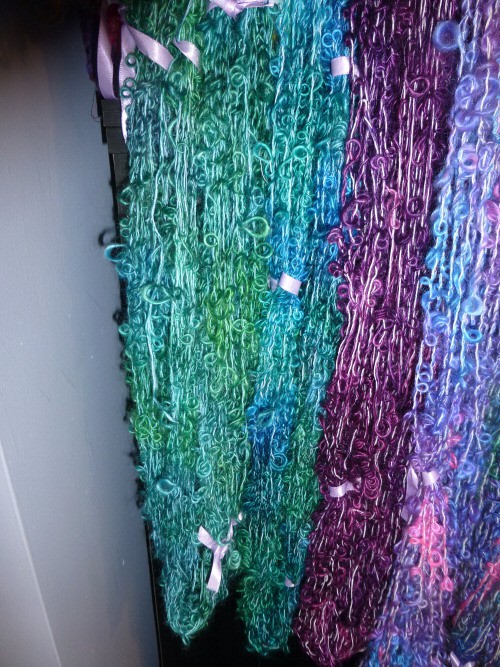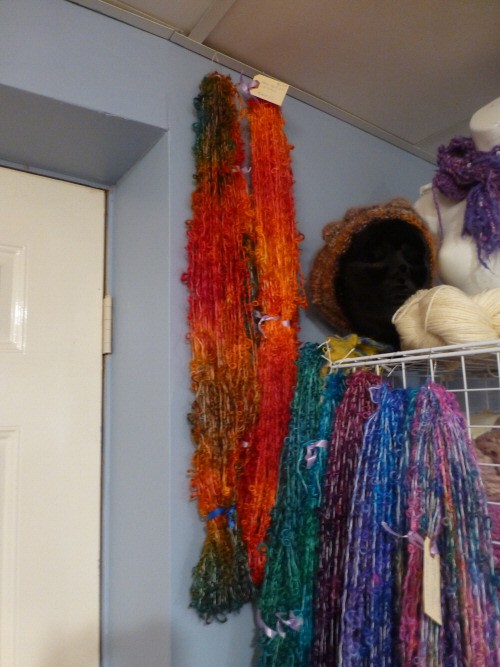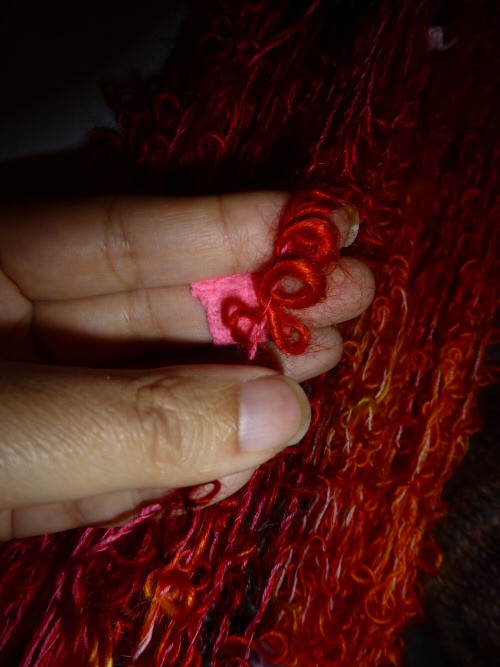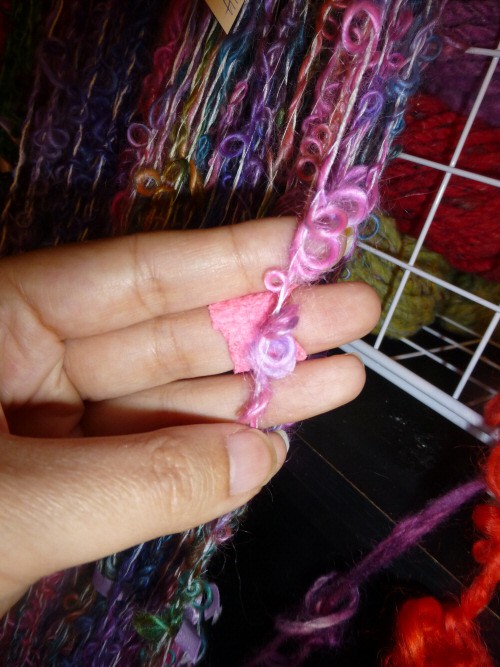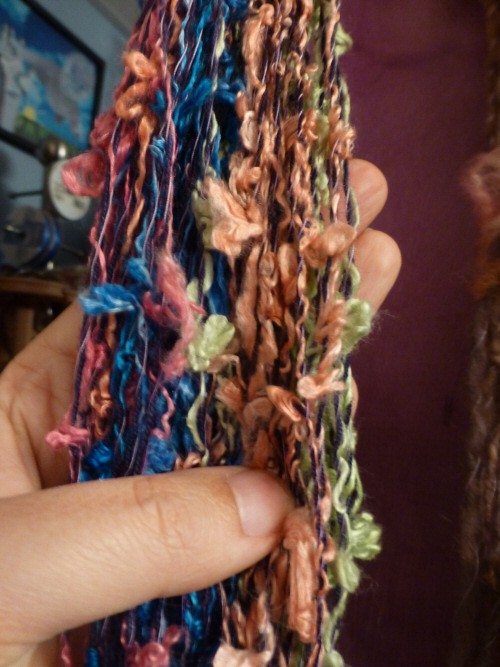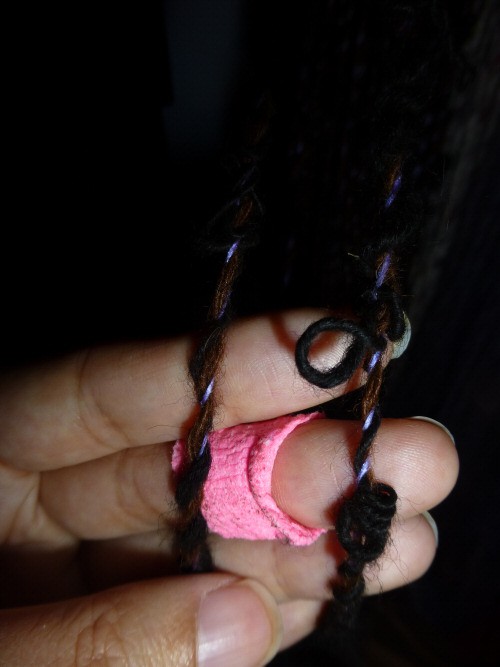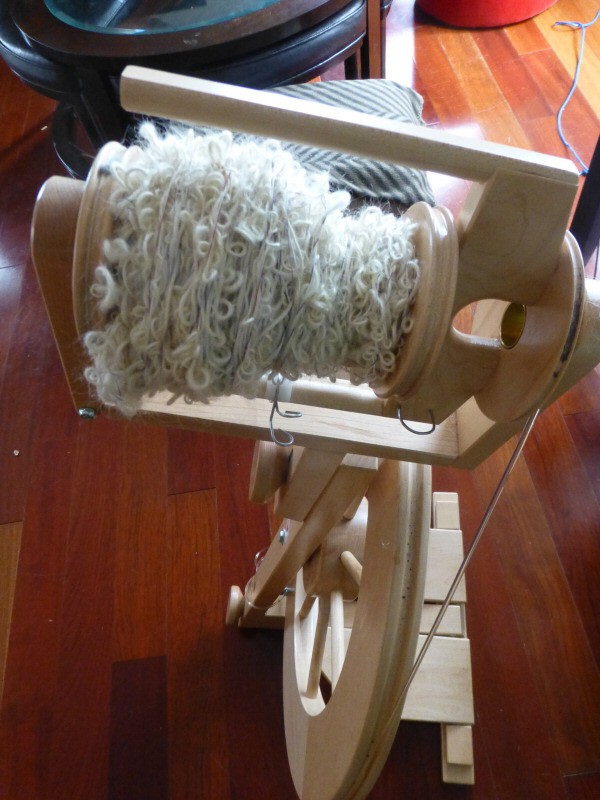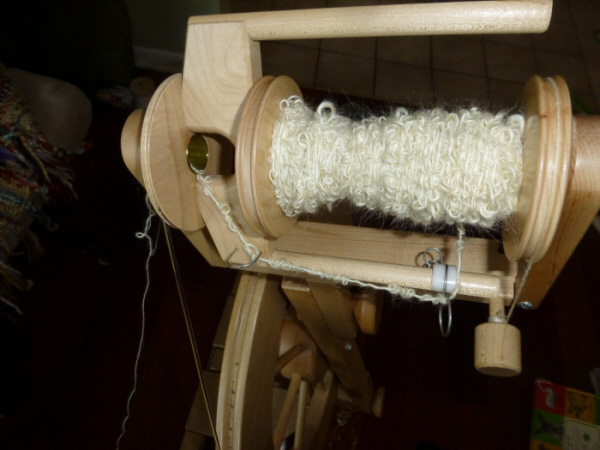“Be true to life by being true to your inner purpose. As you become present and thereby total in what you do, your actions become charged with spiritual power.”
– Eckhart Tolle
But you Enjoy What you do
I’ve been working on updating my personalized products this past month- well, struggling to. I want to offer more engraved jewelry options than what I currently offer, and it’s put me down this rabbit hole of what I do and if it is sustainable as far as selling to the general public. I hesitate even to call it a business; as fellow makers know, it seems virtually impossible to make a living just doing creative stuff.
I made the mistake of doing some number crunching, which led to a good cry. With the rising cost of supplies, shipping, gas, etc., and the work required for my pieces, my take home is $3-$5 an hour – and that’s only covering some of my overhead. Whenever I develop a new product, the time involved to design, make, photograph, then list – or write a blog post – I’m not compensated for that time.
I had to dig down and ask myself, is this what you want to do, or is it time to throw in the towel? There are many challenges with selling handmade goods both in person and online. Cost increases and over-saturation seem like impossible hurdles to get over.
Don’t get me wrong; I want other makers out here selling their wares. I want to refrain from competing with resellers, fooling the public into thinking they’re buying handmade. Resellers have always been rampant online. And platforms like Etsy aren’t caring or doing anything to distinguish between what is genuinely handmade and what is mass made.
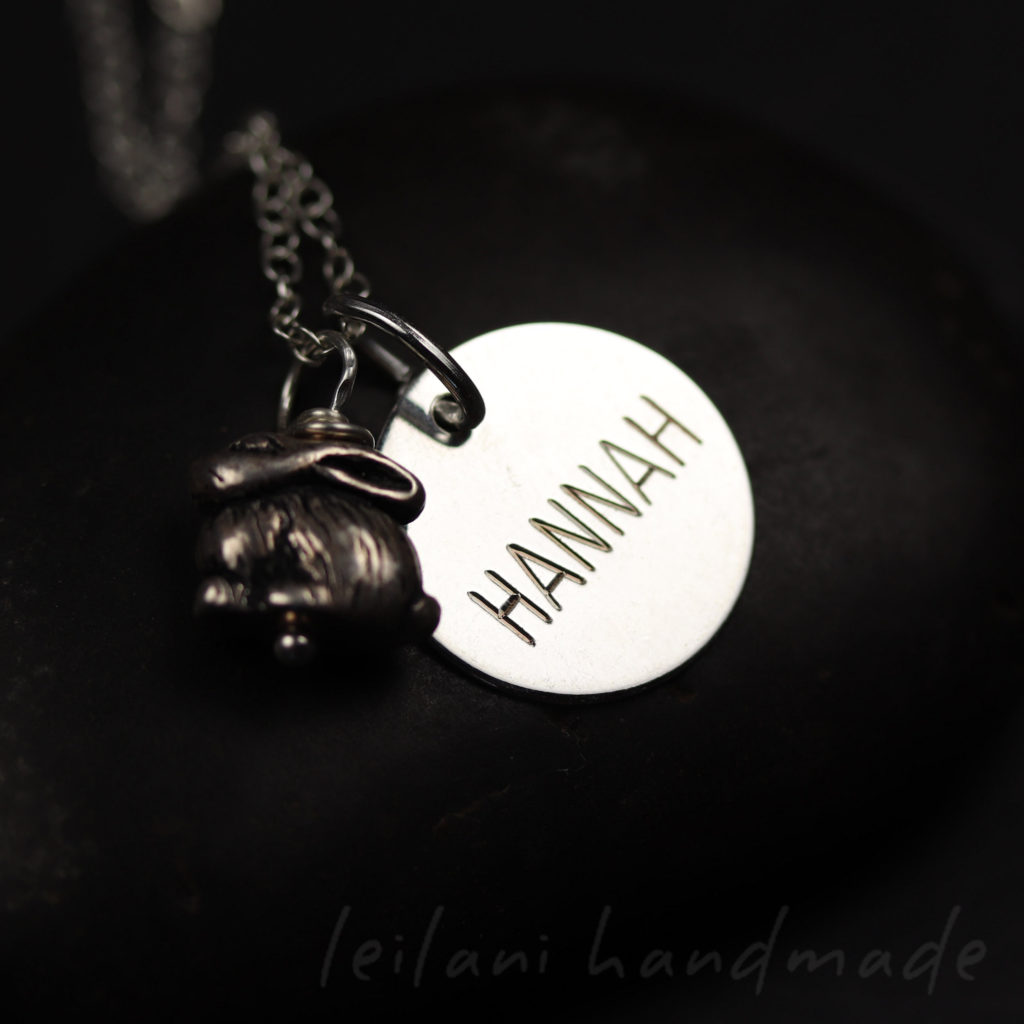
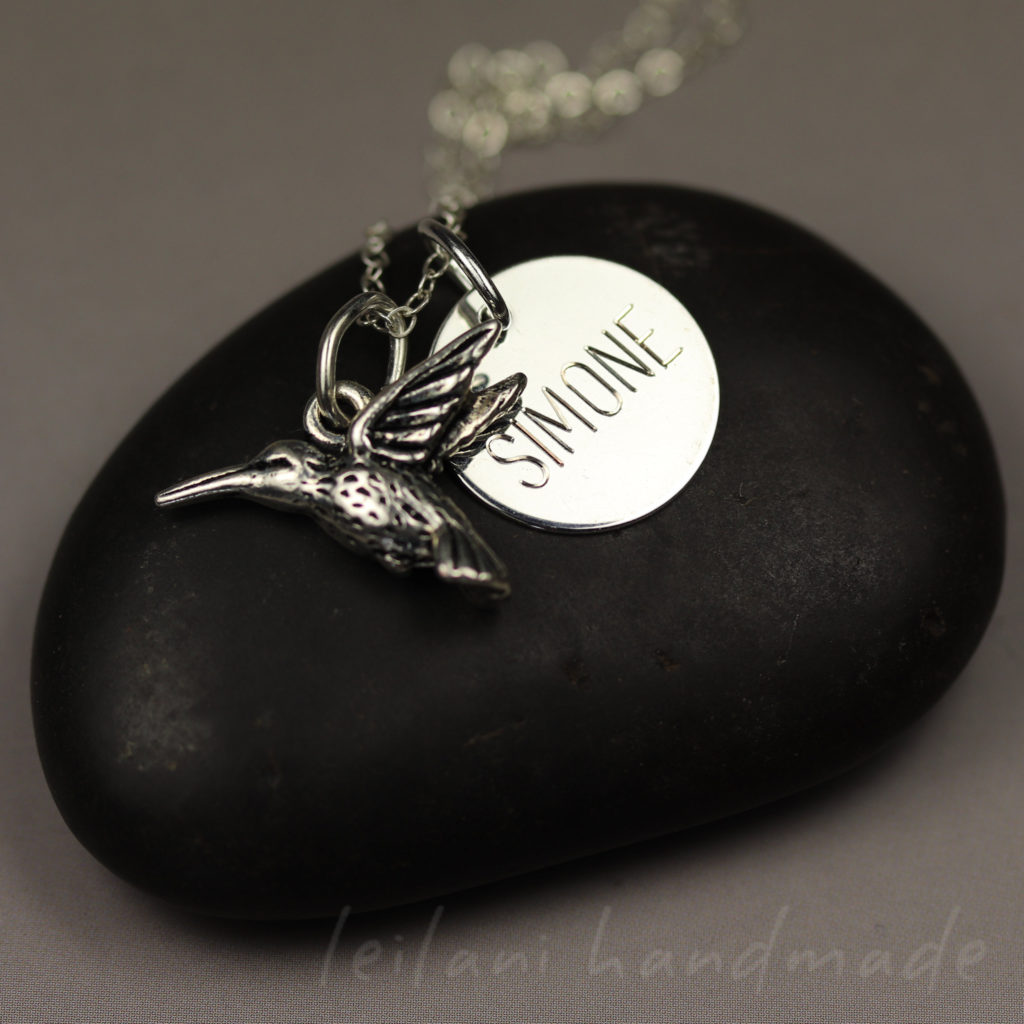
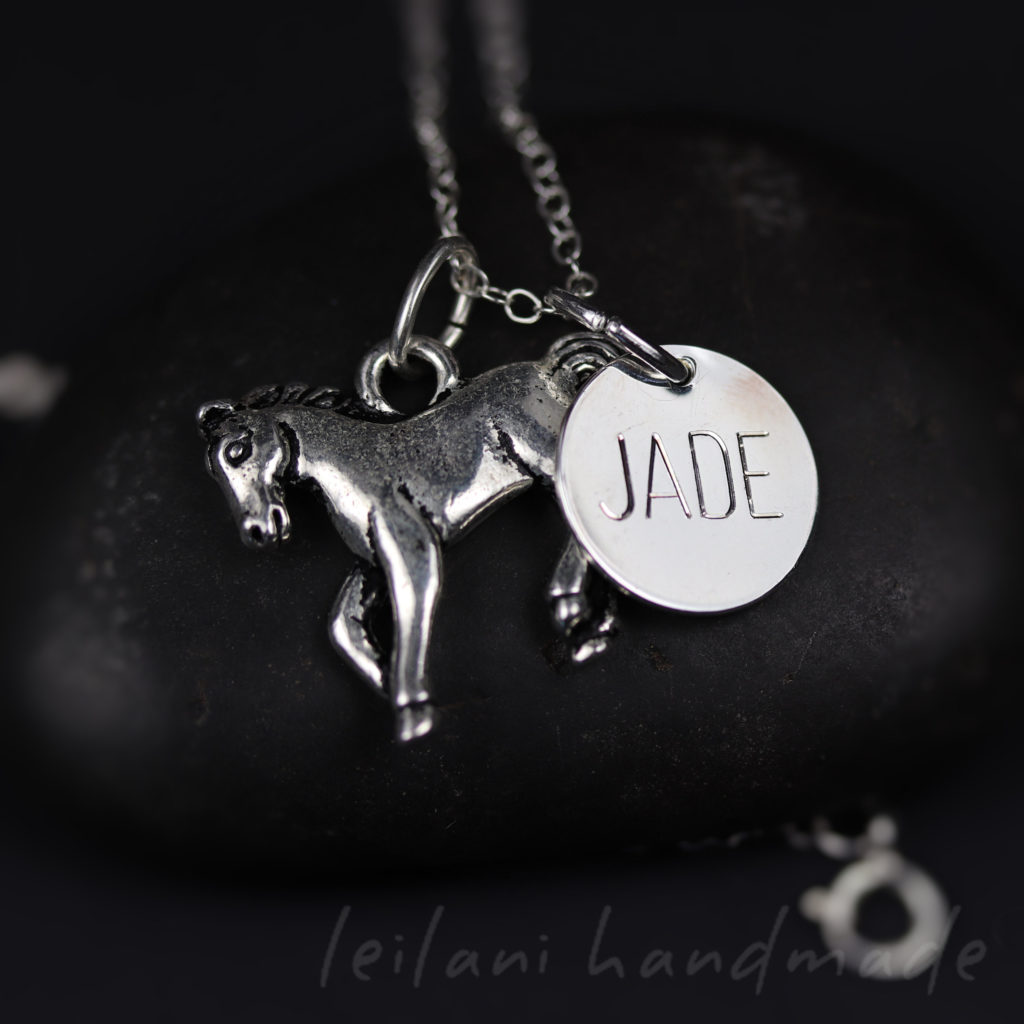
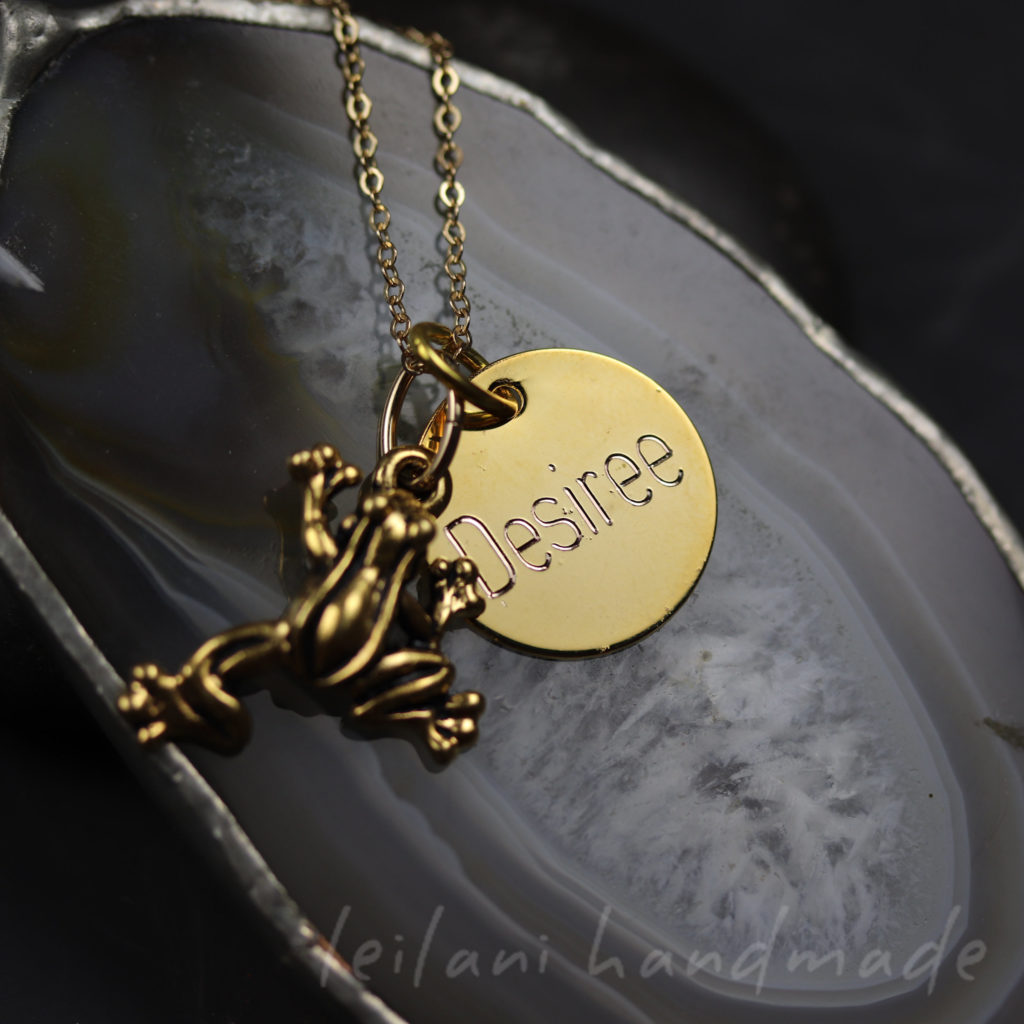
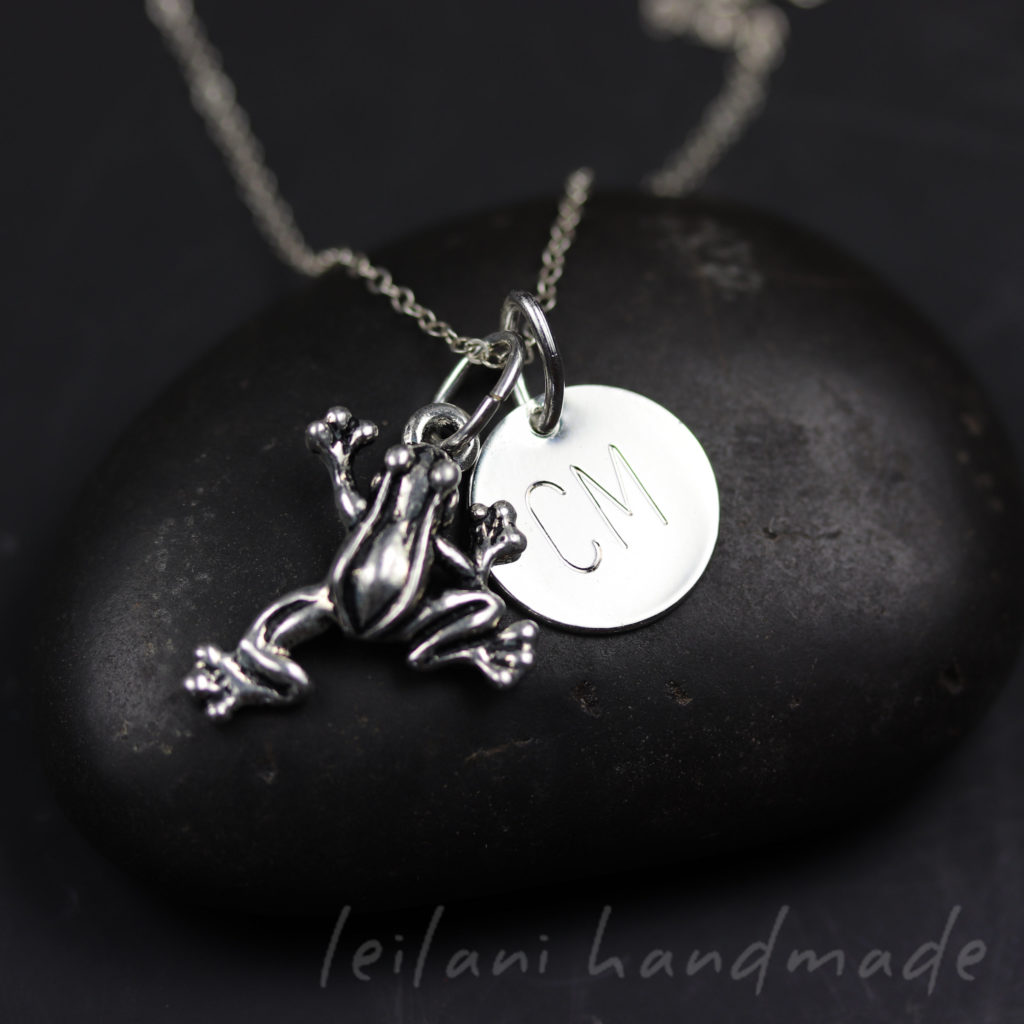
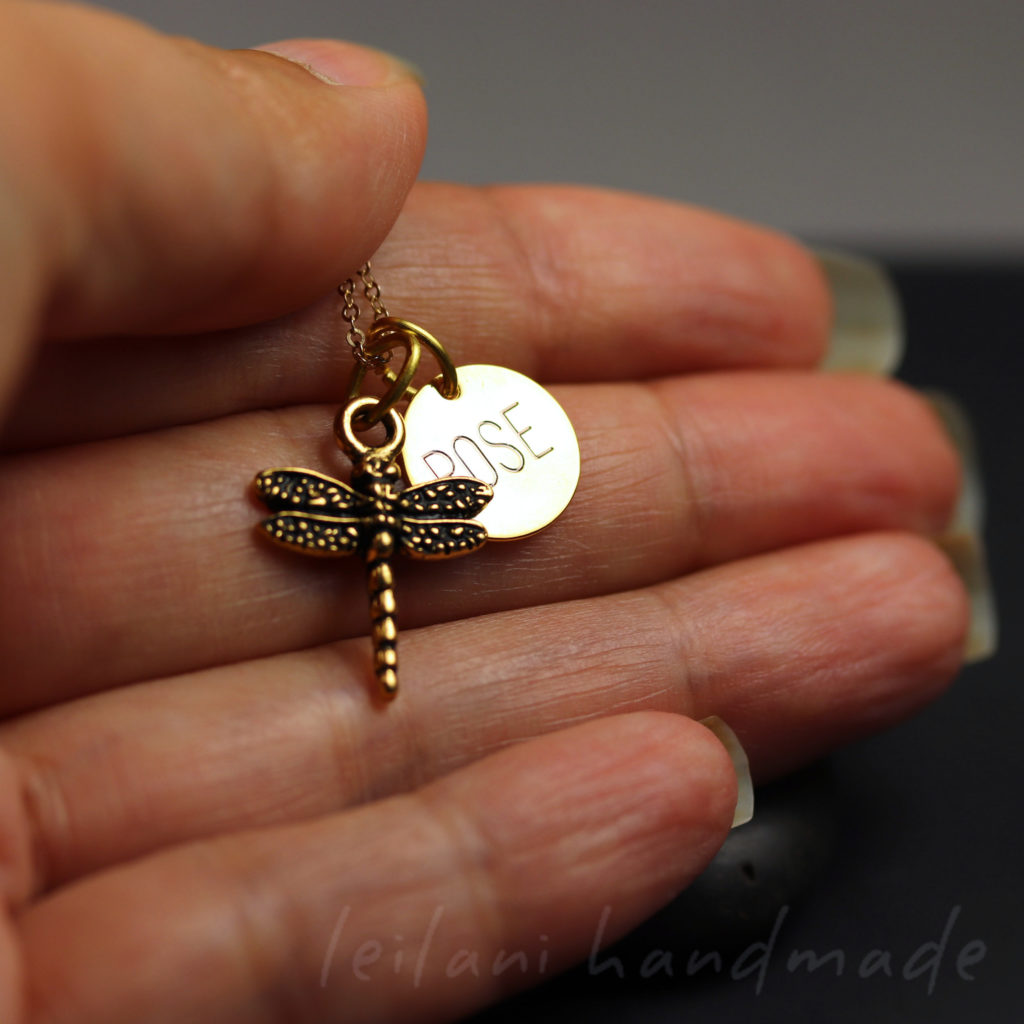
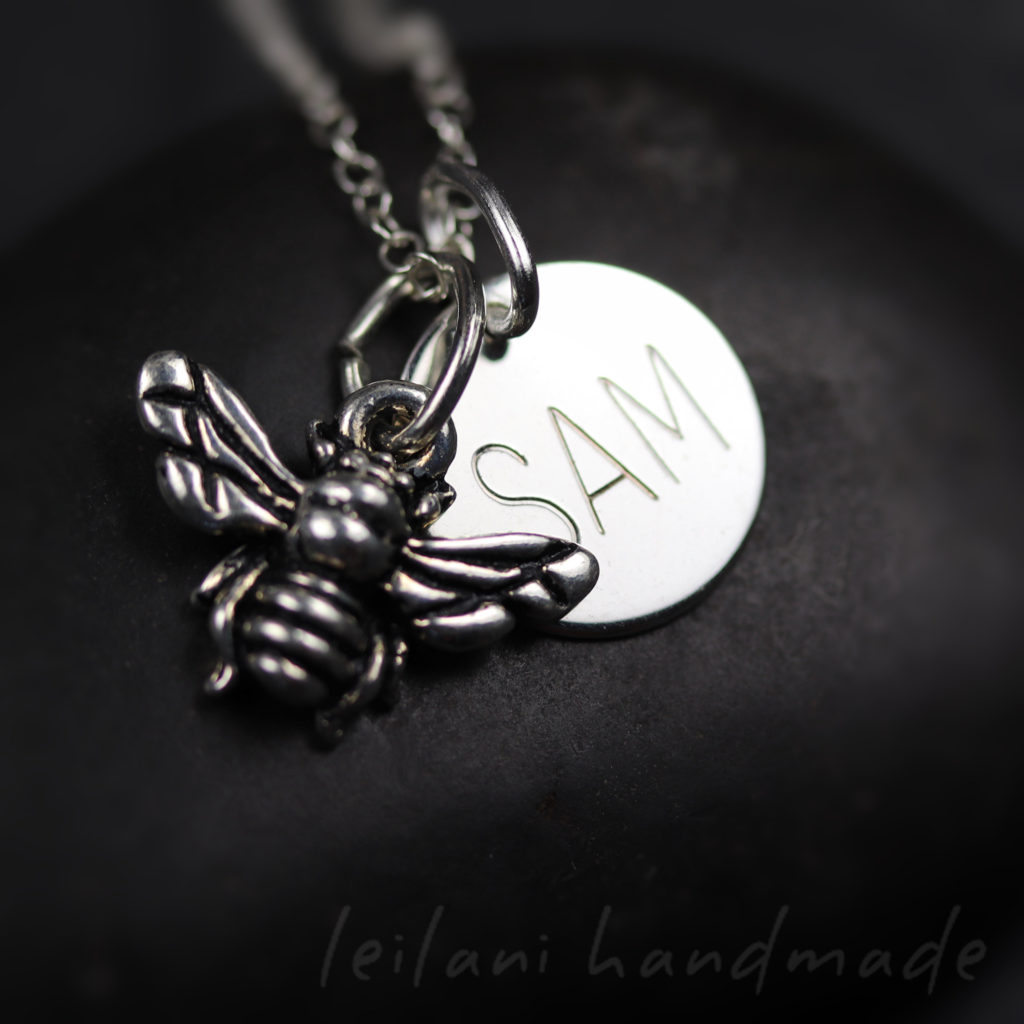
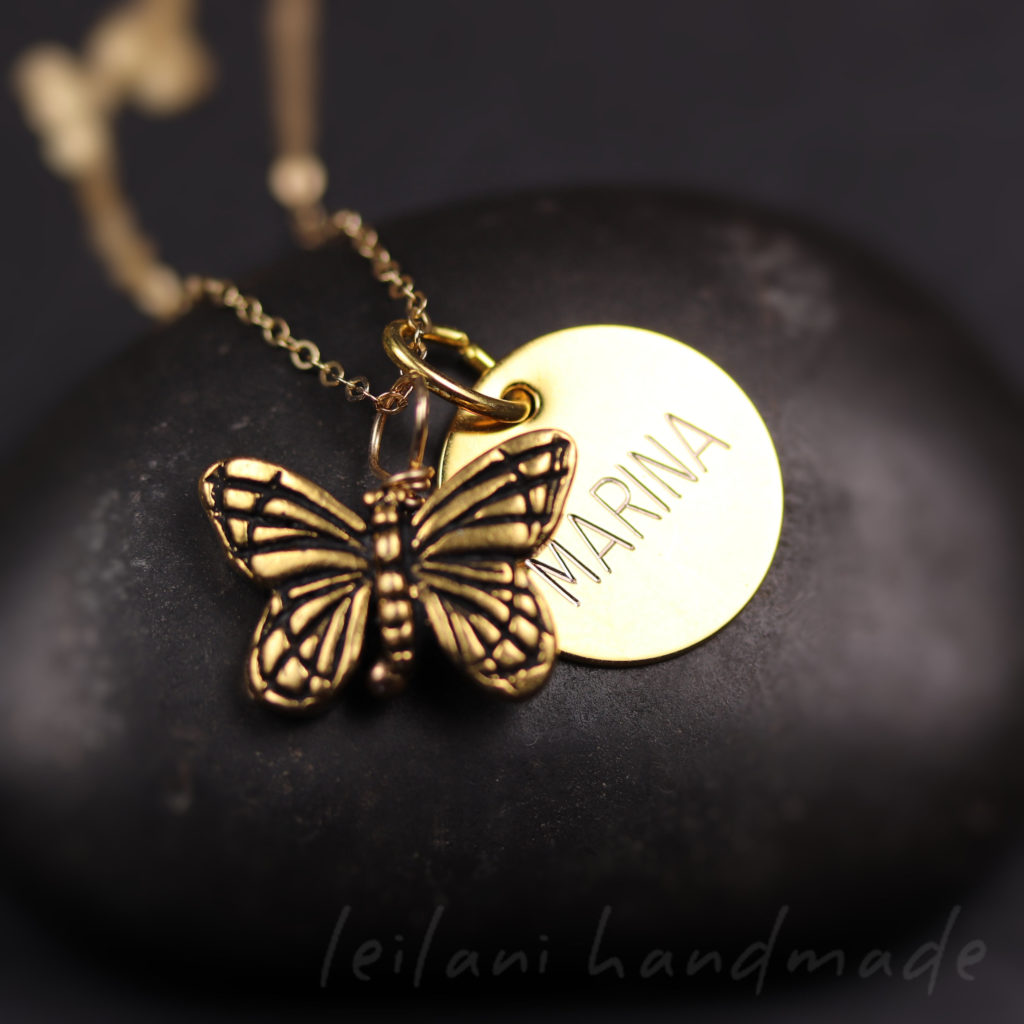
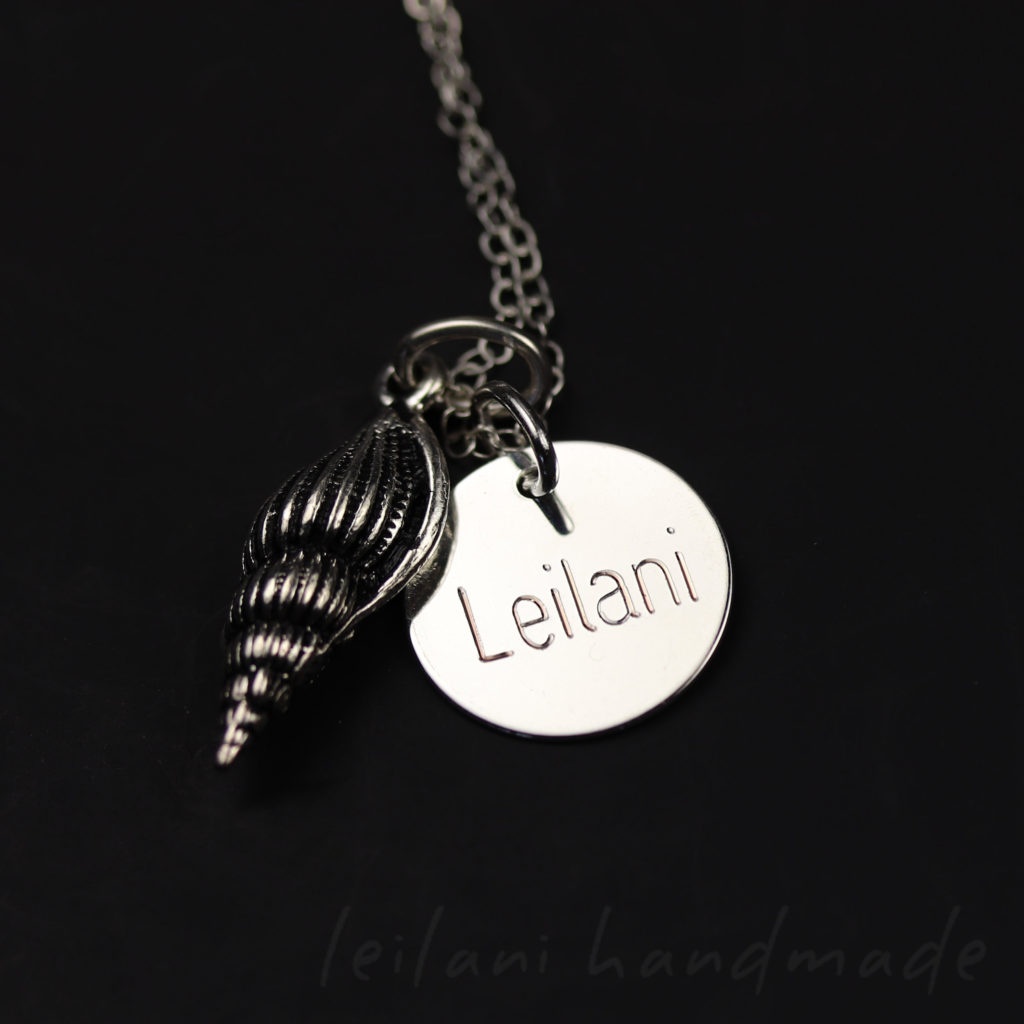
Above: some of the necklaces that used to be available with an initial only now with a whole word or name option. I hope to offer this option for all my personalized jewelry, eventually.
Support a Living Wage for Makers
“But you enjoy what you do” is a statement I heard over and over from customers back 25 years ago when I would sell face-to-face at flea markets and craft shows. If you think of it, that statement is merely a way to justify supporting paying makers next to nothing for their craft.
Do I like what I do? Enjoy it? Passionate about it? Of course! But that doesn’t mean there are no moments of stress and hardship. My products don’t sell themselves. I have to work hard to be seen and list my items for sale, sometimes on multiple platforms.
Not to mention after years of this – my body is starting to feel it. Repetitive motion from crafting wears out the neck, back, and shoulders.
It makes no sense to demand someone work for next to nothing simply because “they enjoy it,” as if work is all toil and displeasure. My DH is a software developer – yes, it is a lot of stress, but I’d be hard-pressed to think he wouldn’t do it if he didn’t enjoy it on many levels! I enjoy making things, but implying no thought or skill is involved is ridiculous.
When I have a particularly stressful week because I am busy developing, pricing, photographing, and listing new items, it’s always in my mind that all my hard work may not pay off. When DH has a stressful week developing software, he gets paid for all his hard work. It does feel discouraging at times.
What I’ve Decided
Regardless of the discouragement, something propels me forward to keep going. Maybe it’s passion; maybe it’s the desire to be the change I want to see in the world…perhaps I know nothing else.
Fortunately, I stocked up on supplies years ago while things were still reasonably priced. Charms, for example, were bought in bulk wherever possible. I also have many chains, engraving blanks, clasps, and earring findings.
So I plan to continue to offer my items at the lowest possible price, and when they are gone, they are gone.
I want my products in people’s hands because I love making people happy with my talents. I love making a meaningful piece to honor a loved one, some that have passed on. Giving people the option of something handmade and well-made that is not mass-produced is important to me.
Makers deserve a living wage, but I understand that money is tight, and I’m not providing anything necessary for day-to-day living. They’re extras. Trust me; I get it.
So I will continue until I cannot justify it anymore or when my body has yelled, “Enough!” Whatever comes first.
Hopefully, that day never comes…
What’s New
Engraving Upgrades
I now offer engraved words and names on most personalized jewelry items. In the past, I did initials only, except for the larger disks, which mostly were back engraving of a handmade charm. This was for two reasons:
Most of my fancier fonts only accommodate one letter or short words/names on the smaller charms. I’ve spent the past few weeks playing around with different options, and now I can confidently offer words & names up to 8 characters on two different-sized disks. In the past, I’ve kept it to 1 letter on each charm for congruency because I knew for sure one letter would fit.
Secondly, to keep costs down. It takes longer to engrave names vs. letters, as well as more chances for mistakes. Now that I feel comfortable with the size options, I can offer full-name engraving for an additional fee.
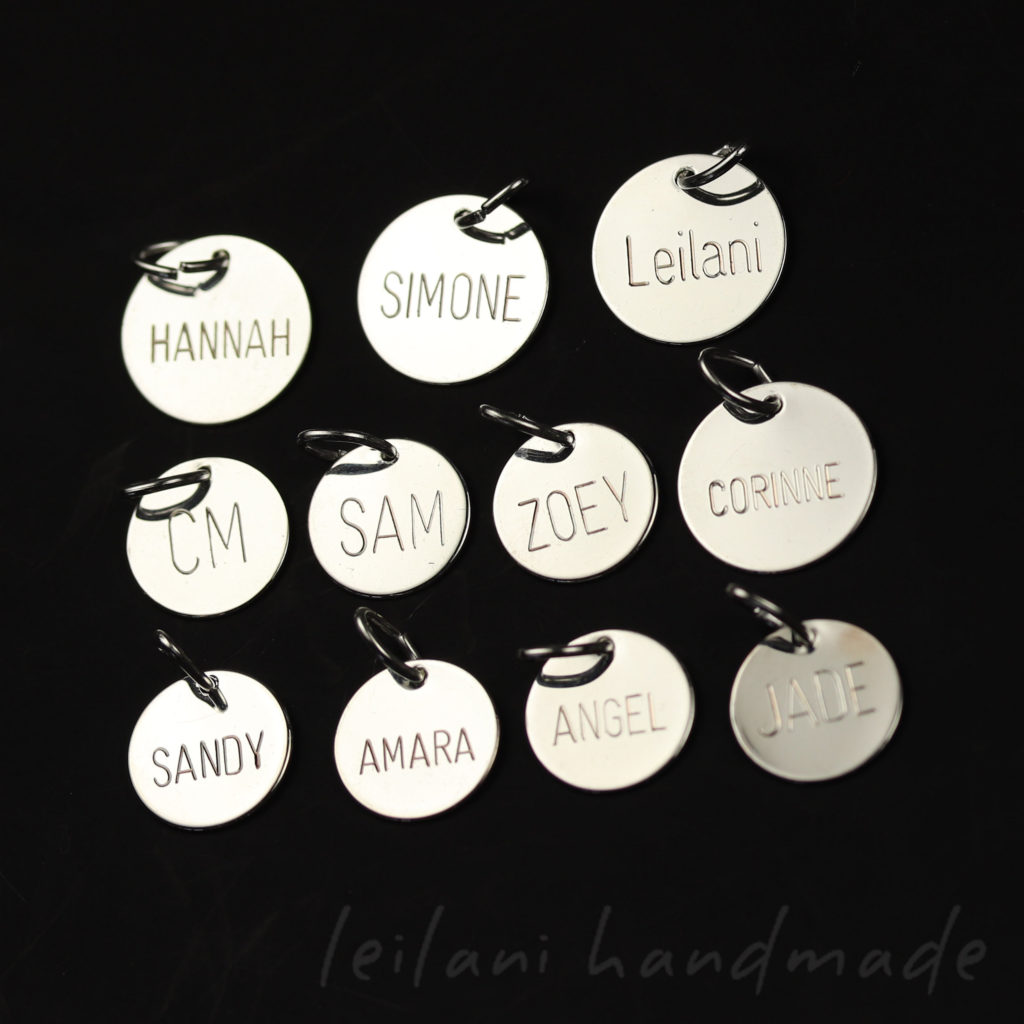
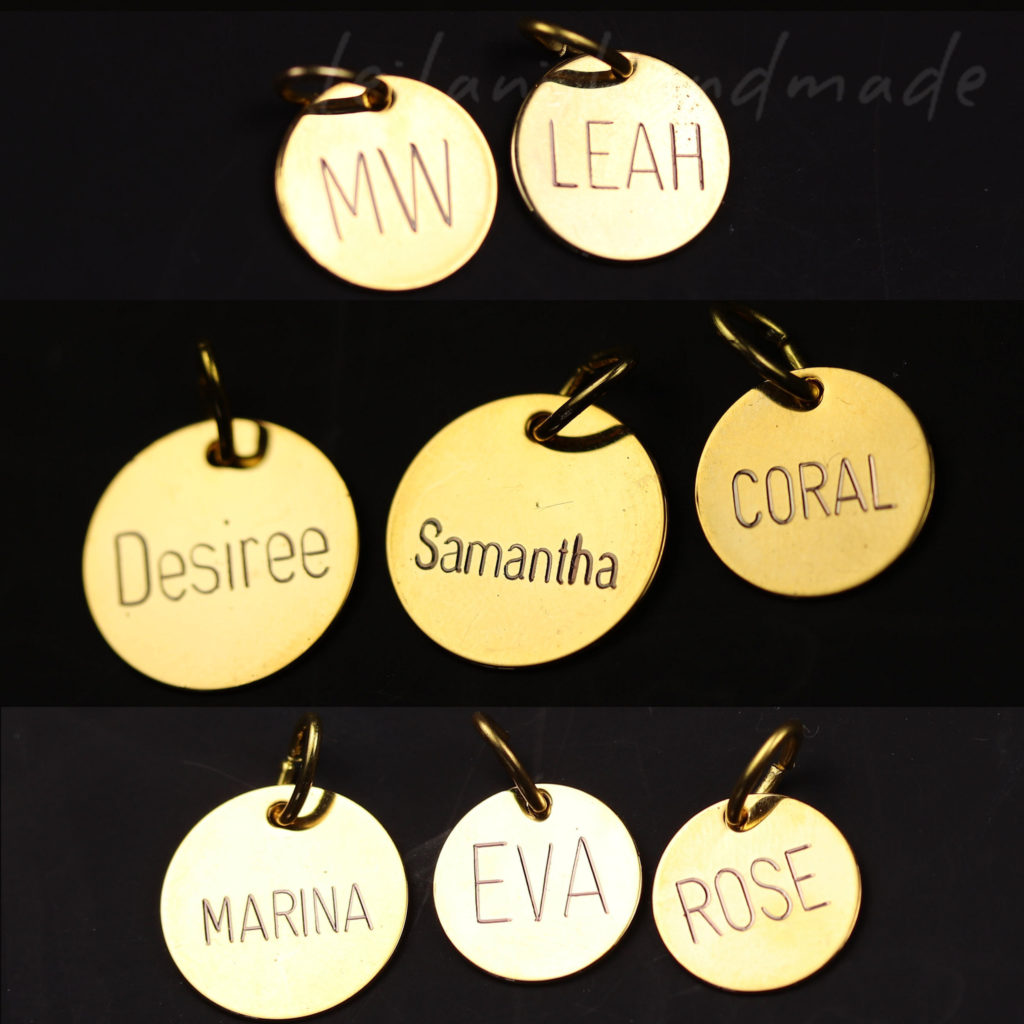
You can read my recent post about the type of engraving I offer and why there are size limitations.
I’m slowly updating my Etsy Shop. I have decided to remove and re-add the engraving items as I edit them and will offer less of this option on Etsy until this new option is the right way to go.
Fun with leftover Plies
It’s that time of year when I have just too many single plies of handspun yarn on storage bobbins. Most of these are leftovers from spinning projects. Some are fibers I spun with no particular plan, and it’s more than time to do something with them. I’ve three small skeins done that I’ll keep to incorporate in my knitting. Spinning leftovers is a fun project to do once in a while. I often get color combinations I would never think to do otherwise.
Another Great Thrift Store Find
DH does it again and digs out another bag of yarn from our favorite Thrift store. This one only had three skeins, and I paid more for these at $3.75 compared to my other finds, but can you complain? One indie dyed and two wool fiber not from a large company. I’ll take it! 🙂
Bountiful Garden
Despite the horrible weather this summer (it went from too hot/dry to too wet and cold), I’m getting a decent crop out of my little garden, especially the cucumbers, who love all the excess rain. Tomatoes should be ripening any day now (I hope!). I’ve made 19 jars of dill pickles thus far – more than when I bought pickling cucumbers! There is still more to come…

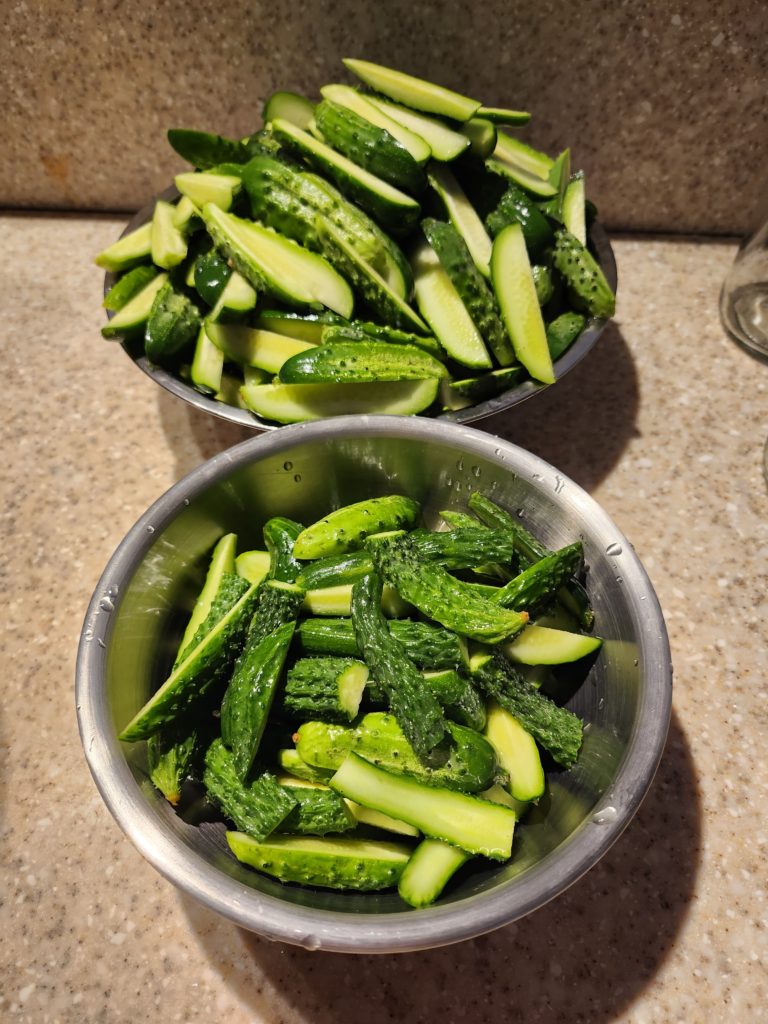

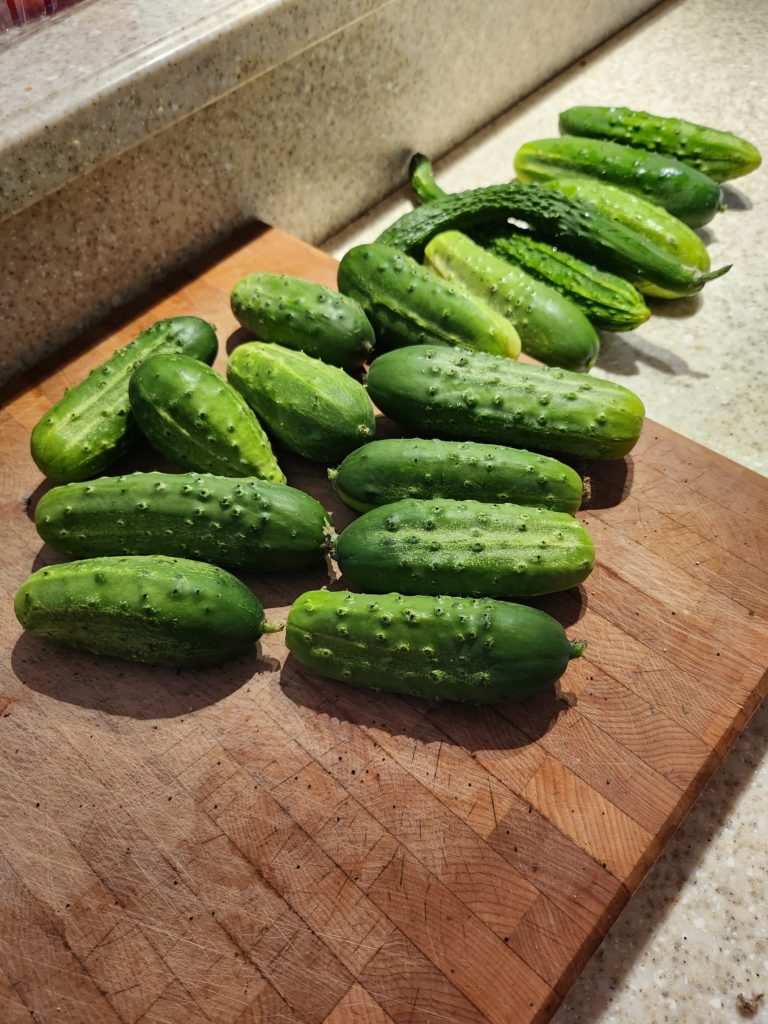
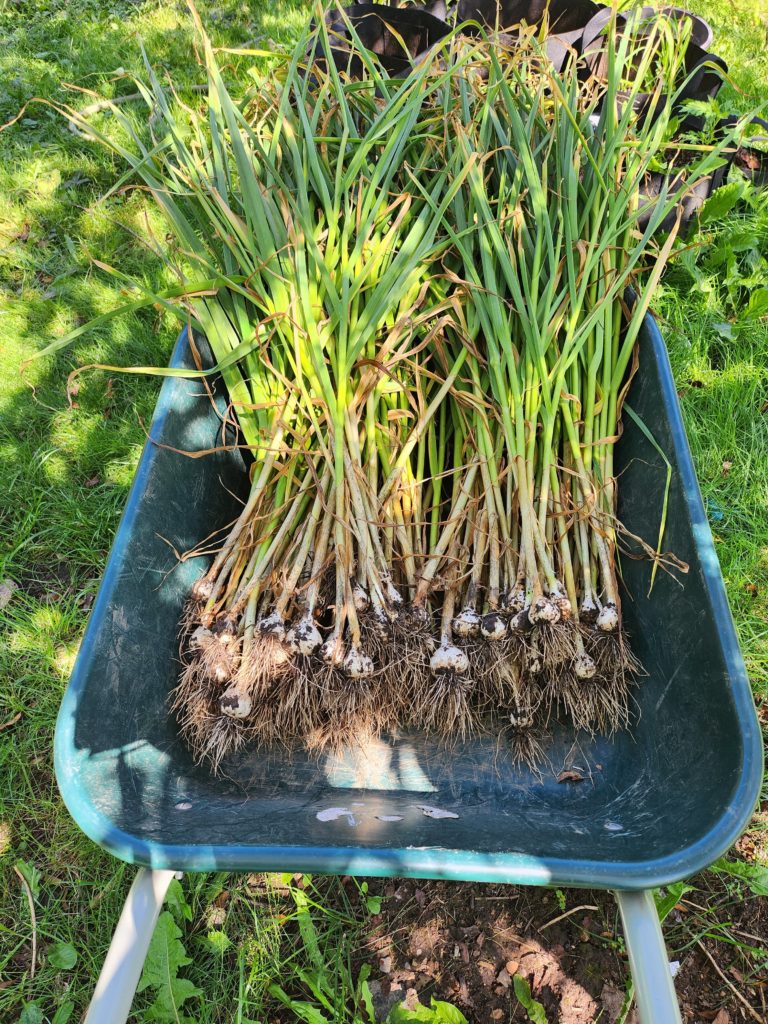
I’ve gotten a decent amount of zucchini, and the squash is coming. The carrots, leeks, a few onions (I never have luck growing onions, so I’m happy with a few!), and even a melon are all on their way. Considering some farmers locally lost everything to this weather, I will be thankful for what I have.
Second Swing Chair Re-do
I’ve been upcycling these swing chairs as the fabric finally let go. Last month I finished the second one. It turned out excellent, better than the first one, so I contemplated restringing it. True to my nature, I soon dragged it into the studio and redid the weave! The chair is restrung with a macrame cord and crochet hooks. I used plain white on this chair to keep costs down. It’s covered with a chair cushion anyway.
If you’ve made it to the end, thank you for stopping by and checking out what’s new! I’m off to keep the momentum going before the self-doubt sets in…
Until next time,


